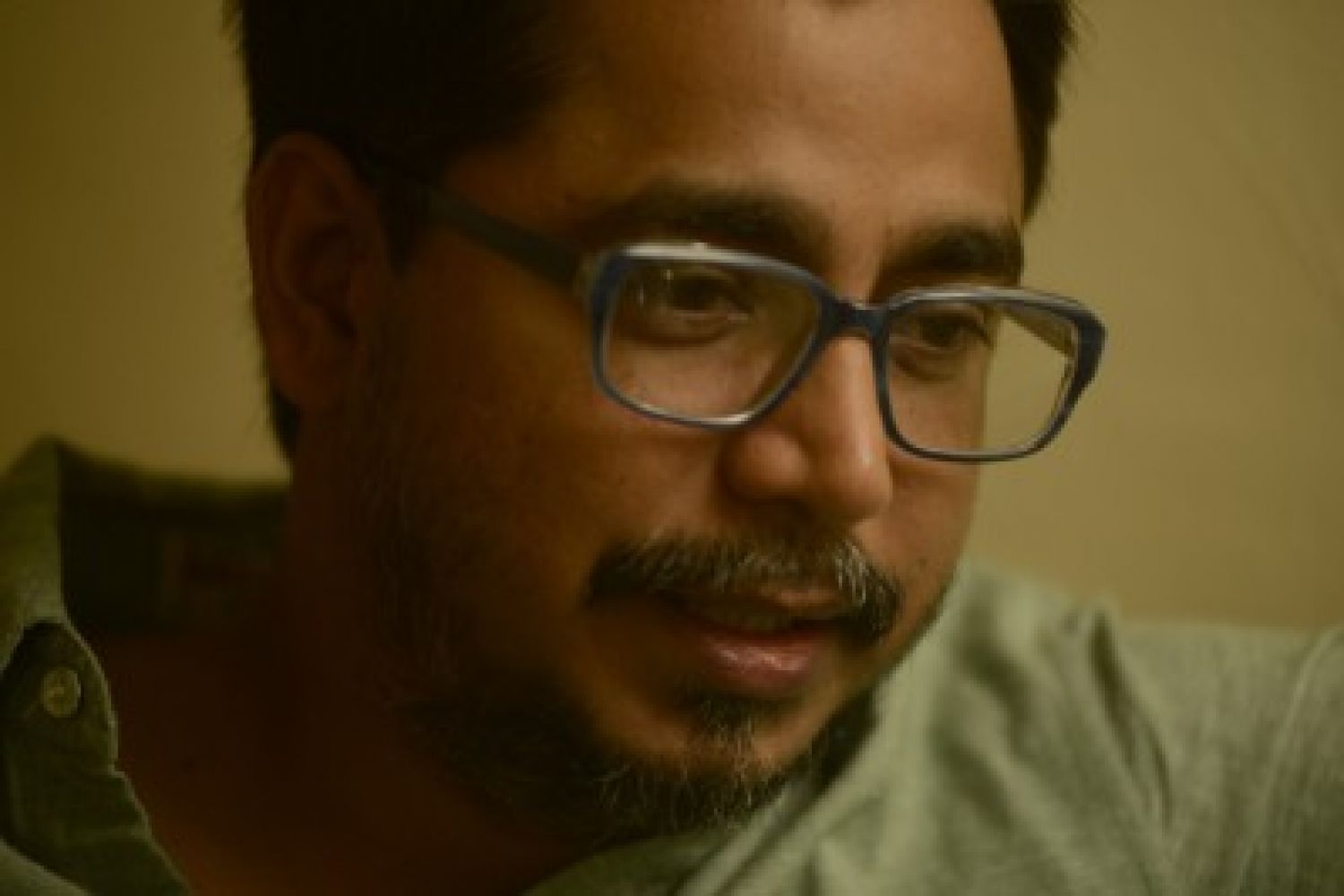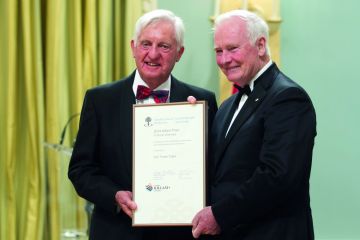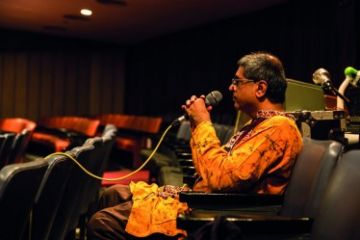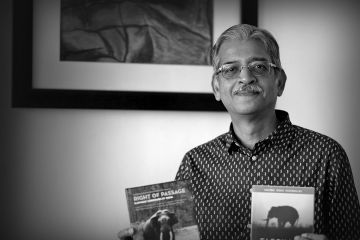
In 2008, director Bikas Mishra read a report about a young
Dalit boy in Bihar, who was pushed under a train because he had written a love
letter to an upper caste girl. Mishra used this event to build a story that
culminated in the movie Chauranga, which means a pen with four colours.
Mishra used it to comment on the caste system based on colour. This film won
the first prize in the Mumbai Academy of the Moving Image (MAMI) Mumbai Film
Festival India Gold section in 2014.
The film unfold





